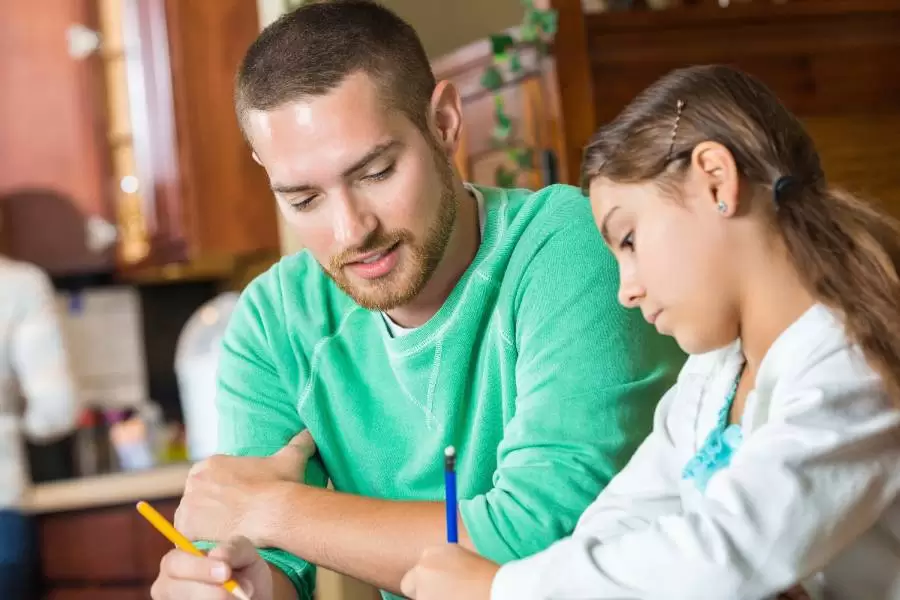
Many parents opt for tutoring to supplement their child's education. Whether it's to help with academic struggles or to provide enrichment, finding the right tutor can greatly benefit a child's learning journey. However, as a parent, ensuring your child's safety during tutoring sessions is paramount. In this guide, we'll explore practical steps and strategies to create a safe learning environment with a tutor.
Safeguarding is crucial when it comes to tutoring, whether it's face-to-face or online.
Background checks and references
Qualified teachers are required to undergo appropriate background checks, including a Disclosure and Barring Service (DBS) check. This check helps to identify any criminal records or history that may pose a risk. You can ask your teacher to bring their DBS and teaching certificates to their first lesson.
You can also request your teacher bring references from previous clients or employers to their first lesson with you. You can access some reviews for teachers in their profiles.
Additional safeguards
Even with a DBS in place, parents should take additional safeguards. For example, we recommend the following:
- Always interview potential tutors before inviting them into your home (whether face-to-face or online).
- Avoid holding the lesson in a bedroom. A central location in your home, often the kitchen table, is often the preferred arrangement.
- For online tuition, implement parental control settings on the devices your child uses. This helps monitor and restrict access to inappropriate content.
- Discuss privacy measures with your teacher, such as your child recording the lesson for future use, using a virtual whiteboard and ensuring that screen sharing is limited to the necessary materials.
- Sit in on the first lesson or two, especially at the beginning and if your child is younger. Gradually grant more independence as you get to know your teacher and establish trust.
- Always leave the door open so you are within earshot.
- Regularly check in with your child about their experiences with their teacher. Create an environment where they feel comfortable sharing any concerns or discomfort. Teach your child about online safety and appropriate behaviour. Encourage them to communicate openly with you if they feel uneasy about anything.
- Maintain open communication with your teacher. Discuss any concerns promptly and ensure there is a clear channel for ongoing dialogue.
- Trust your instincts as a parent. If something doesn't feel right, address it immediately and consider finding an alternative tutor if necessary.
In conclusion, creating a safe learning environment with a tutor requires proactive measures and open communication. By following these guidelines and trusting your instincts, you can ensure your child's safety and foster a positive and enriching tutoring experience. Remember, as a parent, your primary responsibility is prioritising your child's well-being above all else.
Found this useful? Send it to someone else!
We only offer qualified
teachers
 for home or online tuition
for home or online tuition

We're better than tutors. We're teachers available and ready to work for you.







